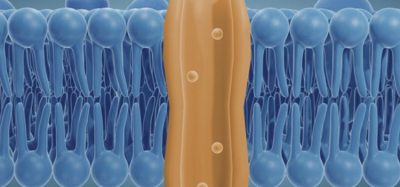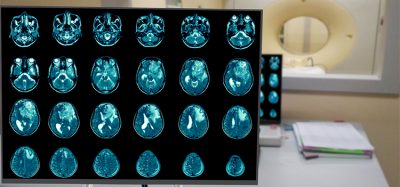Developing a globally-applicable HIV cure
Posted: 4 July 2024 | Drug Target Review | No comments yet
A new assay has been developed which enables the detailing of intact proviral genomes of under-studied HIV strains.


Led by Weill Cornell Medicine, a multinational team of researchers have developed a test that will aid the measurement of the persistence of HIV in individuals affected by viral strains largely observed in Africa.
Most HIV studies have concentrated on strains circulating in Western countries, predominantly subtype B. Limited studies have investigated strains circulating in Africa, where women are disproportionately affected. Lead author of the study Dr Guinevere Lee explained: “HIV cure research tends to focus on viral strains circulating in developed countries, but to achieve a cure that is globally applicable, we must study viral strains that are affecting other regions of the world.” Dr Lee is assistant professor of virology in medicine in the Division of Infectious Diseases and assistant professor of microbiology and immunology at Weill Cornell Medicine.
Like in developed countries, HIV strains circulating in Africa establish viral reservoirs in the body. Antiretroviral therapy can reduce the level of HIV in the blood to an undetectable level, but dormant reservoirs persist. These hold many defective proviral DNA genomes which cannot produce new infectious viruses, but a small number of genomes stay genetically intact and ready to produce active viruses if antiretroviral treatment is interrupted.
Biomarkers are redefining how precision therapies are discovered, validated and delivered.
This exclusive expert-led report reveals how leading teams are using biomarker science to drive faster insights, cleaner data and more targeted treatments – from discovery to diagnostics.
Inside the report:
- How leading organisations are reshaping strategy with biomarker-led approaches
- Better tools for real-time decision-making – turning complex data into faster insights
- Global standardisation and assay sensitivity – what it takes to scale across networks
Discover how biomarker science is addressing the biggest hurdles in drug discovery, translational research and precision medicine – access your free copy today
Researchers’ attempts to accurately quantify the copies of intact proviruses is hindered by the large proportion of defective viral genomes. Dr Lee stated: “To achieve an HIV cure, we need to first find out whether any genome-intact proviruses remain in the body during antiretroviral treatment. Our new assay allows us to do this. Then we need to target and eliminate the intact proviral DNA capable of producing new viruses.”
The team analysed the DNA of CD4+ T cells, where viral DNA hides, from 16 women and seven men receiving antiretroviral HIV treatment in Uganda. Two predominant HIV-1 subtypes A1 and D were uncovered by genetic sequencing. The study also found viral hybrids of A1 and D. Then, the scientists altered present laboratory tests that identify HIV subtype B proviruses to detect proviruses that are subtypes A1 and D. Dr Lee commented: “The new assay we’ve developed will help researchers home in on the intact proviral genomes relevant to HIV cure research for patients affected by these under studied strains.”
Now, the collaborators are using the novel assay to study long-term viral persistence in Uganda. Their results demonstrate that the composition of the HIV proviral genomic landscape is widely comparable between subtypes A1, D and B. This indicates that approaches to target intact HIV reservoirs in Africa will face similar difficulties as in Europe and North America. Moreover, future studies will need to evaluate differences in non-B subtypes to understand whether subtype-specific factors influence persistence, reactivation or clearance in viral reservoirs.
This study was published in Nature Communications.
Related topics
Assays, DNA, Drug Targets, Genomics, T cells, Vaccine development, Virology
Related conditions
HIV
Related organisations
Weill Cornell Medicine
Related people
Dr Guinevere Lee (Weill Cornell Medicine)








